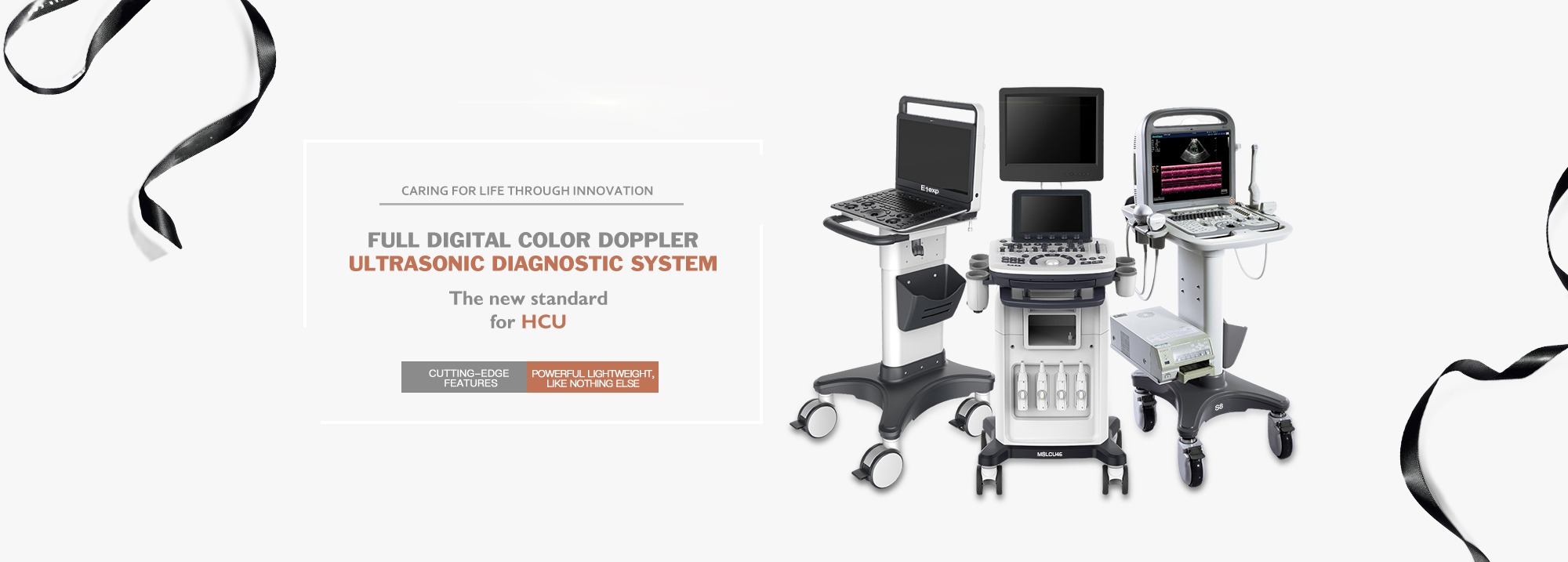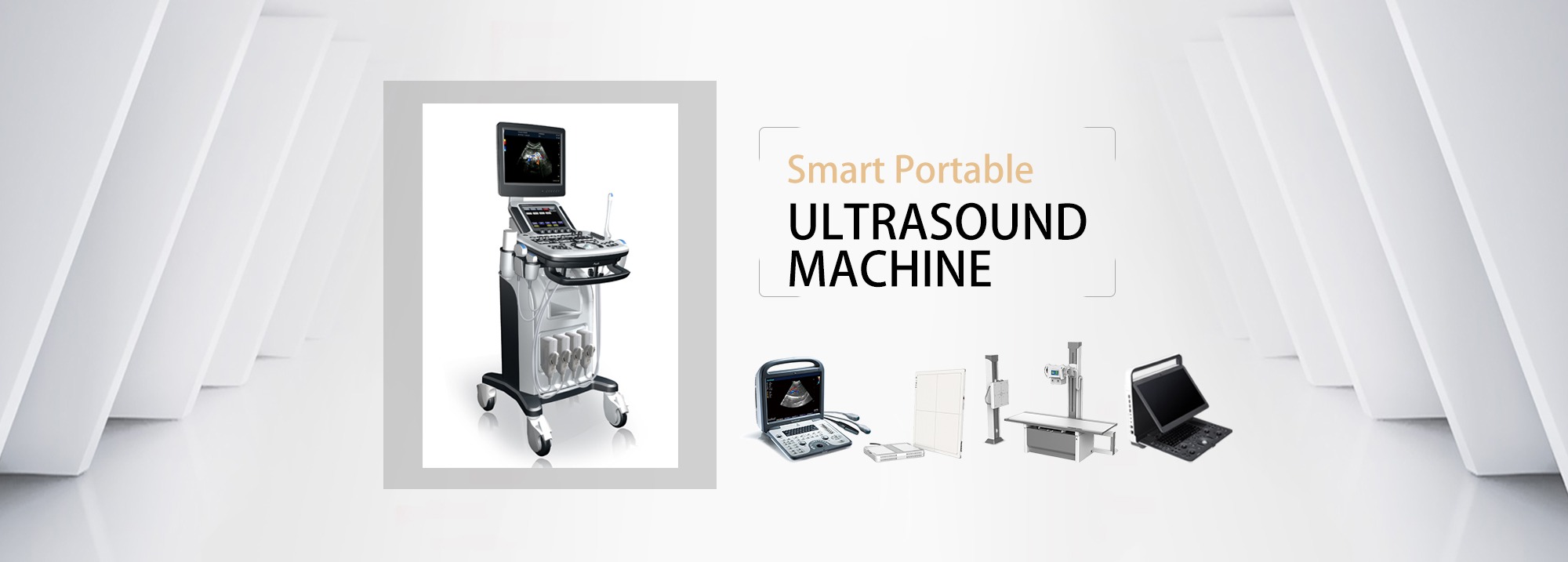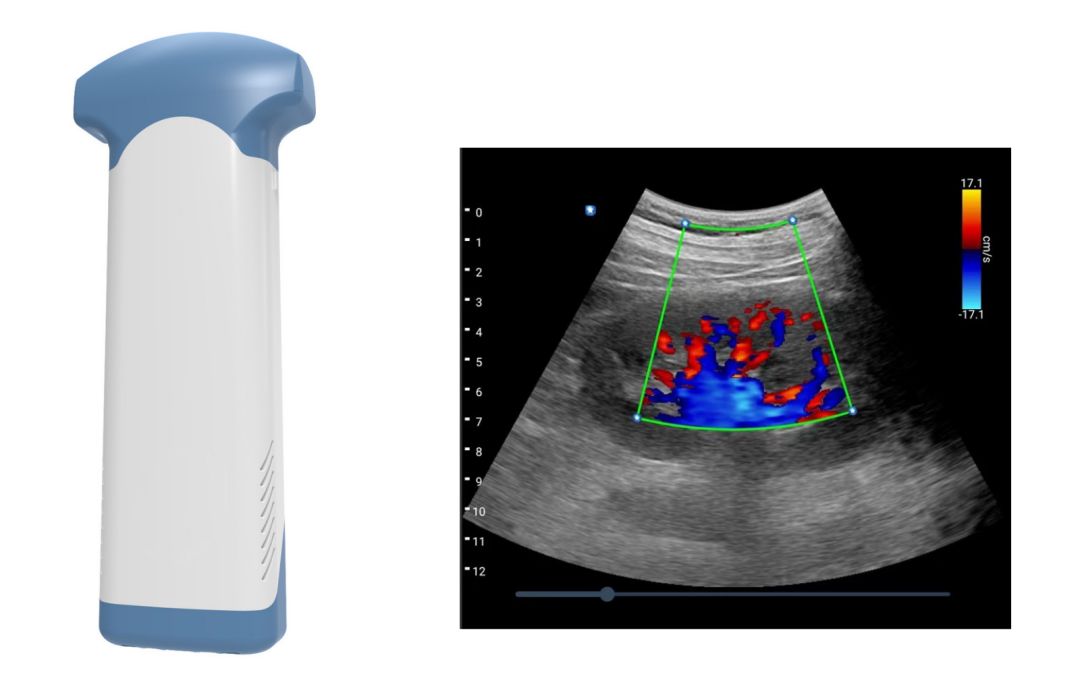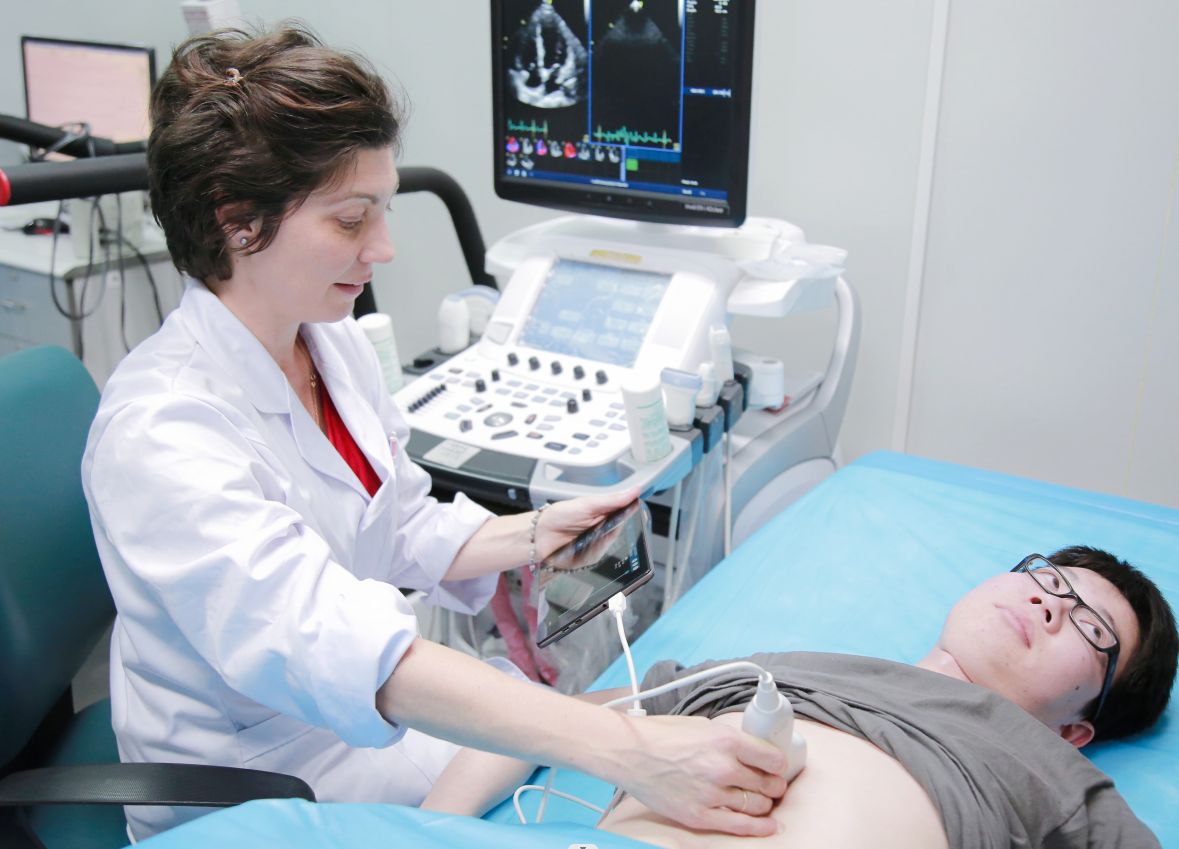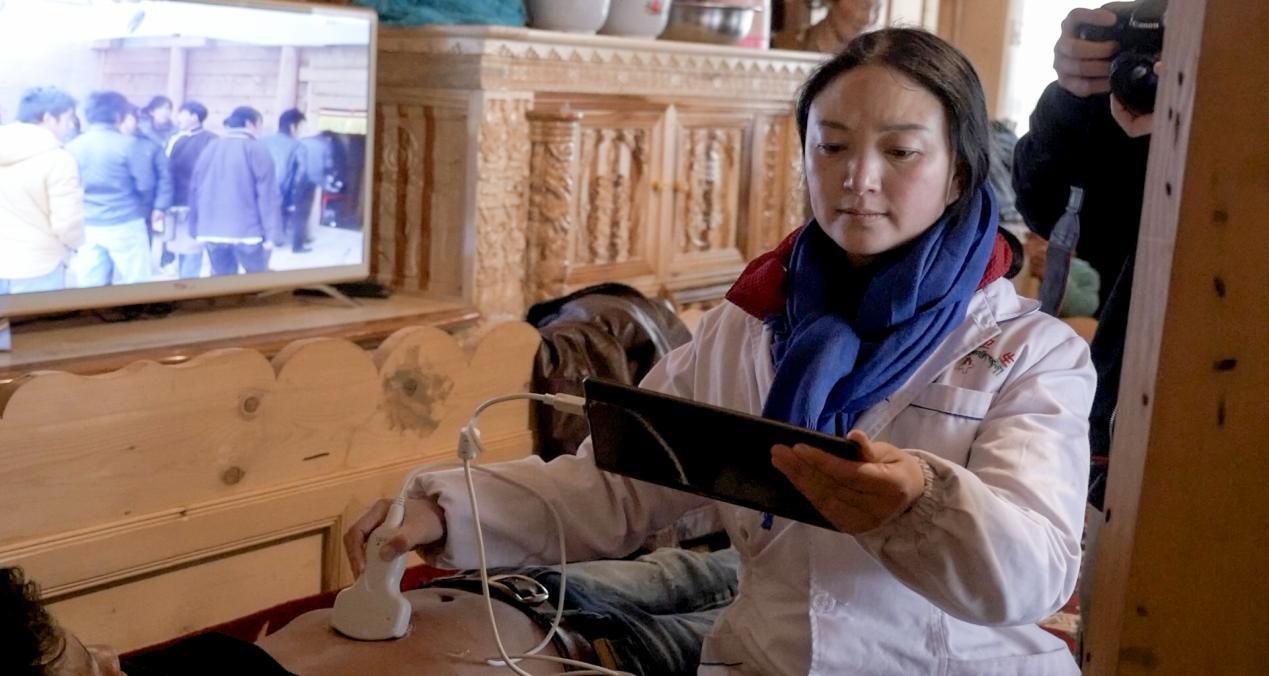Ultrasound is known as the clinician's "third eye", which can let the clinician understand the body information and is of great significance for guiding clinical treatment. In recent years, a "mysterious black technology" - handheld ultrasound (referred to as "handheld ultrasound") along the trend, known as the "mini ultrasonic inspection device" reputation, not only and traditional ultrasound can achieve the whole body, general, global examination, but also can provide customized solutions for different departments, to achieve special aircraft. As long as it is in your pocket, you can carry out ultrasound examinations anytime, anywhere.
Clinical application
Ultrasonic examination is widely used in the human body, covering liver, bile, pancreas, spleen, chest, kidney, ureter, bladder, uterus, thyroid, breast and other organs and tissues. Traditional ultrasonic instruments have disadvantages such as large size and inconvenient movement, which limits the space of the sonographer. The emergence of handheld ultrasound has subverted the traditional ultrasound examination, and the ultrasound doctor can no longer guard the "black house", but take the initiative to walk into the ward, assist the clinician to quickly examine the patient, and find the main symptoms of early clinical decision-making to optimize the diagnostic process.
In a study of handheld ultrasound assisted residents, palmtop corrected, validated, or added important diagnoses in more than one-third of patients (199 patients were examined, 13 had significant changes to their initial diagnoses, 21 had diagnoses confirmed, and 48 had new important diagnoses), improving the residents' diagnostic accuracy.
Emergency Application
The ultrasound doctor who used palm ultrasound to examine emergency patients said, "Through continuous technical improvement, the image of handheld ultrasound is now similar to that scanned on the usual large instrument, which can be measured by touch screen, and the effect is good!" The handheld ultrasound transmits images in real time through the tablet, and at the same time of scanning, it can communicate with the clinician in real time about the ultrasound situation, and feedback the examination results in real time, which helps the clinician to formulate and adjust the diagnosis and treatment plan in time.
Wartime application
Under war conditions, the wounded may surge in a short period of time, medical equipment is limited, medical personnel are insufficient, the injured condition is urgent and complicated, and the time for diagnosis and treatment of the wounded is limited. Due to its quality, small size, and "mobile Internet" function, it can be equipped for frontline teams, temporary strongholds, field hospitals, and transport vehicles in war.
With the support of 5G network technology, the ultrasonic data "cloud" platform is built to connect with DICOM data transmission. Connected to the network by mobile phone or tablet, data transmission between handheld ultrasound and ultrasound data "cloud" platform can be realized in the battlefield treatment and injury transport, such as desktop ultrasound instruments can not or inconvenient to achieve remote diagnosis.
Household application
The miniaturization and portability of handheld ultrasound can provide clinical services to patients at home. For example, primary doctors in remote areas can carry the handheld ultrasound into residents' homes for household health examination, disease screening and preliminary diagnosis. Esquerra M et al. found that through structured training, family doctors can perform low-complexity abdominal ultrasound during consultation. Compared with the results of routine inspection, the Kappa consistency was 0.89, indicating high reliability.
Patients can also conduct disease self-screening under the guidance of doctors. Dykes JC et al. conducted palmetto training for parents of pediatric heart transplant patients during routine outpatient visits. Parents of children recorded ultrasound images of their children at home at the end of training and 24 hours later, and the results showed no difference compared with clinical ultrasound. It is sufficient to qualitatively assess left ventricular systolic function in pediatric heart transplantation. Ultrasound at home can take up to 10 times less time to observe relevant and significant images compared to ultrasound in a hospital.
Post time: Sep-14-2023

